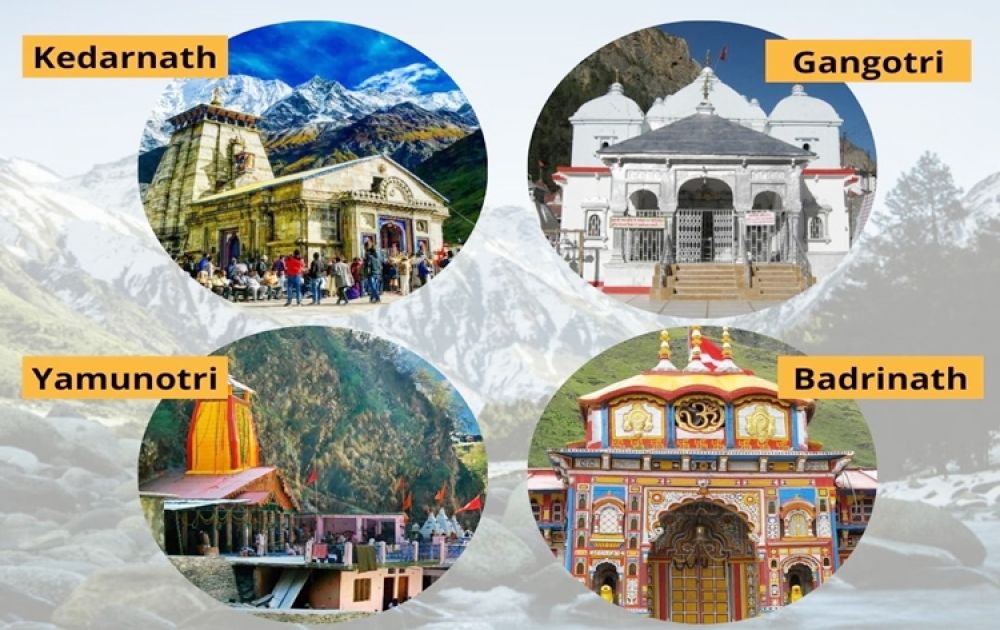

The concept of the Char Dham — a set of four holy pilgrimage sites in India — is an ancient part of the Hindu religious tradition, symbolizing the journey to attain spiritual salvation. In Uttarakhand, the four revered shrines constituting the Char Dham are Yamunotri, Gangotri, Kedarnath, and Badrinath. These destinations are strategically located in the Garhwal region of the Himalayas and have been venerated for centuries by saints, sages, and pilgrims alike.
The concept of the Char Dham was established by the great 8th-century philosopher and theologian Adi Shankaracharya. Shankaracharya was instrumental in the revival of Hinduism and he is said to have set up these sacred shrines as part of his efforts. Since then, the Char Dham Yatra (pilgrimage) has become a pivotal aspect of Hindu devotion, attracting countless pilgrims throughout the years.
Initially, the journey to the Char Dham was marked by arduous treks through rugged terrains, making it accessible only to the hardy and determined. As time progressed, the growth of infrastructure in the form of roads, lodging facilities, and the development of nearby towns made it feasible for more people to undertake the pilgrimage. Despite the challenges posed by natural elements, including harsh weather conditions and geographical constraints, the state of Uttarakhand has developed these areas with a gentle balance of modernity and tradition.
The tourism industry around the Char Dham has seen exponential growth since the latter half of the 20th century. The region's government has implemented initiatives such as the Char Dham Highway Development Project aimed at improving accessibility to the shrines. The annual influx of pilgrims has also been a catalyst for local economic growth, contributing to employment and business opportunities.
In recent years, tourism trends have shifted due to various factors like digitalization, evolving traveler preferences, and the effects of the COVID-19 pandemic. The Uttarakhand Tourism Board has adopted the changes by facilitating:
Despite these advancements, the essence of the Yatra remains unchanged. The pilgrimage to the Char Dham continues to be a journey of self-discovery, penance, and enlightenment.
The history of tourism in Char Dham is intertwined with the spiritual history of India itself. Despite the modernizing influence of recent decades, the pilgrimage maintains its time-honored traditions and draws many looking for spiritual insight and personal growth. As the world changes, so do the dynamics of this holy journey, yet its core significance and sacred charm remain as steadfast as the Himalayas that cradle these ancient shrines.